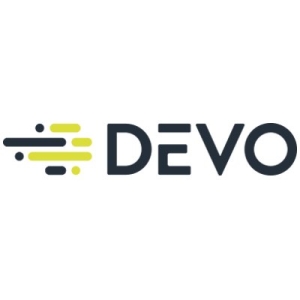When it comes to scale, they're architected quite well. They handle some of the biggest customers globally, with significant throughput on their platform, managing thousands of customers. One of the most impressive aspects of Devo is its customer community. A large majority, over 80 percent of their customers, actively participate on a Devo-specific community page. They're contributing to product development and support, events, and user group information, helping each other out. This high level of engagement is rare and demonstrates both the loyalty of their customer base and the quality of their product. They offer a range of small, medium, and large options to cater to everyone. I sold Devo products while working with them, focusing on enterprise solutions. However, as a small reseller, my customers were typically smaller businesses. I rate the solution's scalability a nine out of ten.


